Bird Lovers Based in the Plains
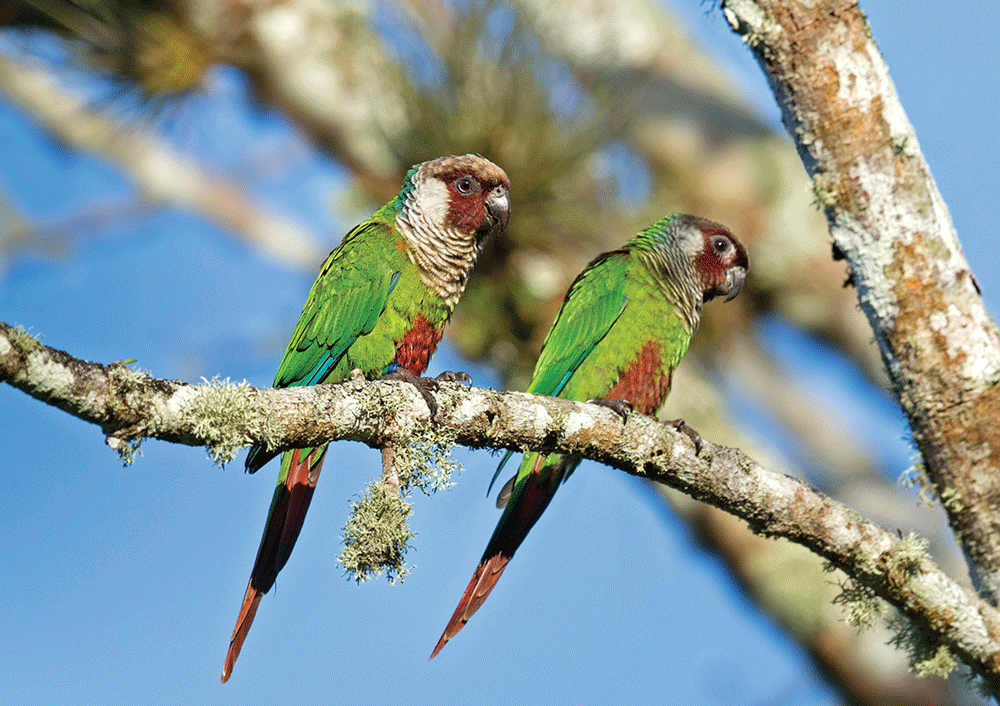
By Beth Rasin
This major conservation group nests in Fauquier County but has an impact across the Americas.
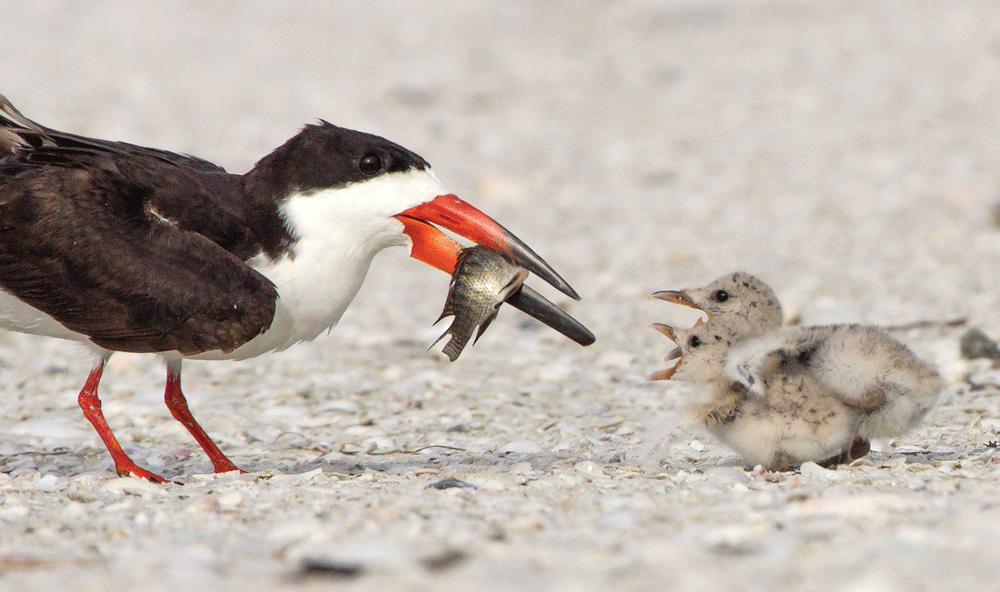
If you love birds and want to do something to protect them, well, there’s an app for that. American Bird Conservancy (ABC), based in The Plains, Virginia, is promoting songbirdsaver.org, where you can help to save birds from deadly collisions with communication towers by downloading an app. It identifies communication towers near you—then you can contact their engineers, encouraging them to use flashing lights rather than steady ones, which can attract or disorient feathered aviators. This simple action, which also saves energy, has been shown to reduce nighttime bird fatality rates by 70 percent, affecting millions of birds.
It’s one of many practical ways that ABC and its partners are working to conserve birds and their habitats across the Americas. You’ll also find them working to protect the Endangered Species Act and other conservation legislation, fighting habitat loss, toxic chemicals and wind turbine threats, supporting responsible cat ownership, and making buildings safer for birds, among much other work.
The vision of George Fenwick, the conservancy resulted from the consolidation of three environmental groups in 1994. Fenwick had been with The Nature Conservancy and wanted ABC within driving distance of Washington, D.C., but not in the city. He retired just last year, replaced by Mike Parr, who’d long been with the organization. Merrie Morrison, who came on board shortly after Fenwick and helped establish the conservancy, remains with the group today.

American Bird Conservancy’s Vice President of Threatened Species Dan Lebbin interned at the The World Wildlife Fund-US in 1999. “During the first week of my internship, I was walking through the halls, and ABC had rented a few office spaces in the building,” he says. “I came across a stack of magazines ABC had published, right outside the office of Mike Parr. I started reading up on them and following ABC—they were writing about the kinds of conservation issues I found really interesting and compelling.”
Lebbin joined ABC, went on to graduate school, and then found himself back with the organization professionally.
He explains their main goal is to conserve native wild birds in their habitats in the Americas. “We’re focused on wild birds, and we’re very interested in habitats, managing and protecting them,” he says. “We’re trying to protect the rarest birds and do things that increase the populations of wild birds out there. For the very rarest birds, we’re doing everything we can to address those threats, protecting habitats, lobbying policymakers to create policies that help conserve those birds or prevent further threats from making those populations decline.”
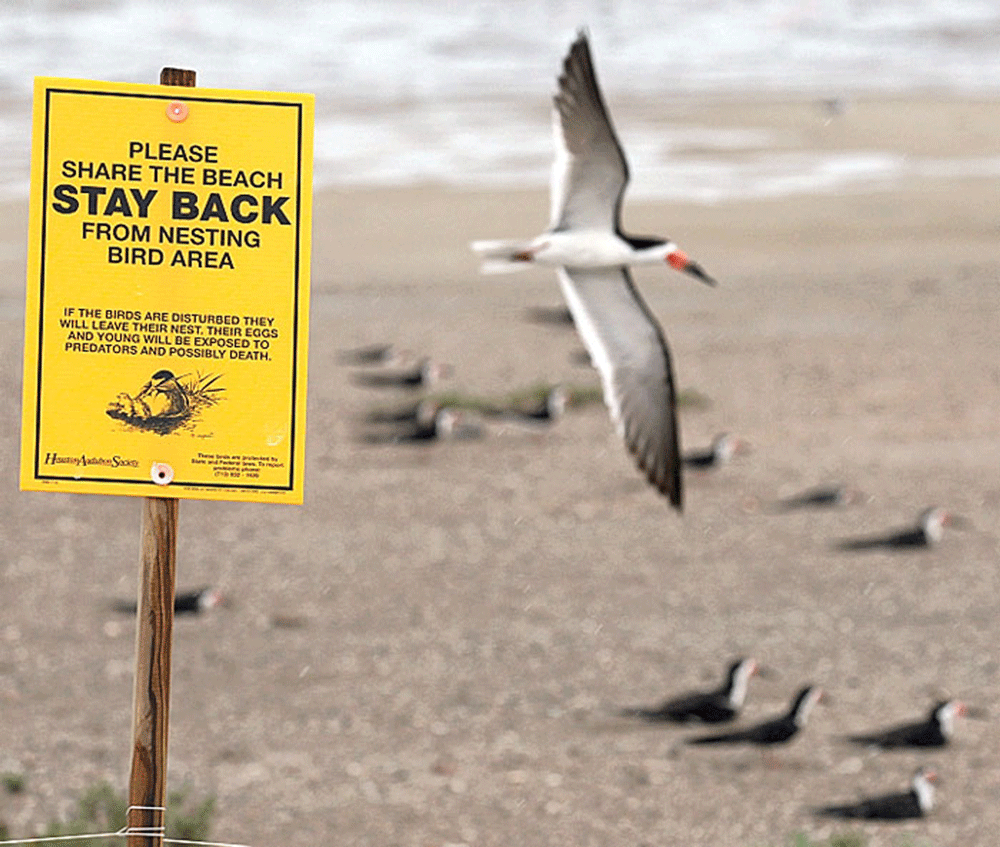
ABC addresses threats like free-roaming cats, which kill more than a billion birds per year, windows, wind turbines, communication towers. “Policies can drastically reduce mortality for these birds with simple policy solutions and best management practices,”
he says.
Thanks in part to the app and years of work, they’re seeing good results in the arena of communication towers. “We’re seeing a rapid change in lighting systems on tall communication towers, which is dramatically reducing the risk of birds colliding on foggy nights,” says Lebbin.
Much of the ABC’s work is done in partnership with other groups, domestically and outside the United States, with governments, non-governmental agencies and private citizens, “wherever we think there are strategic opportunities to make a difference for birds,” says Lebbin.
Much of that work is education, such as on the Gulf Coast, where ABC staff work on beaches to educate the public about beach-nesting birds like the Snowy Plover, Least Tern, Black Skimmer and Wilson’s Plover. They’ve reached more than 18,500 people in person plus another 114,000 via social media to inform them of one of the most threatened populations of migratory birds. Nests are virtually invisible so they are hidden from predators, but this means they are easily stepped on by people, who accidentally crush the eggs.
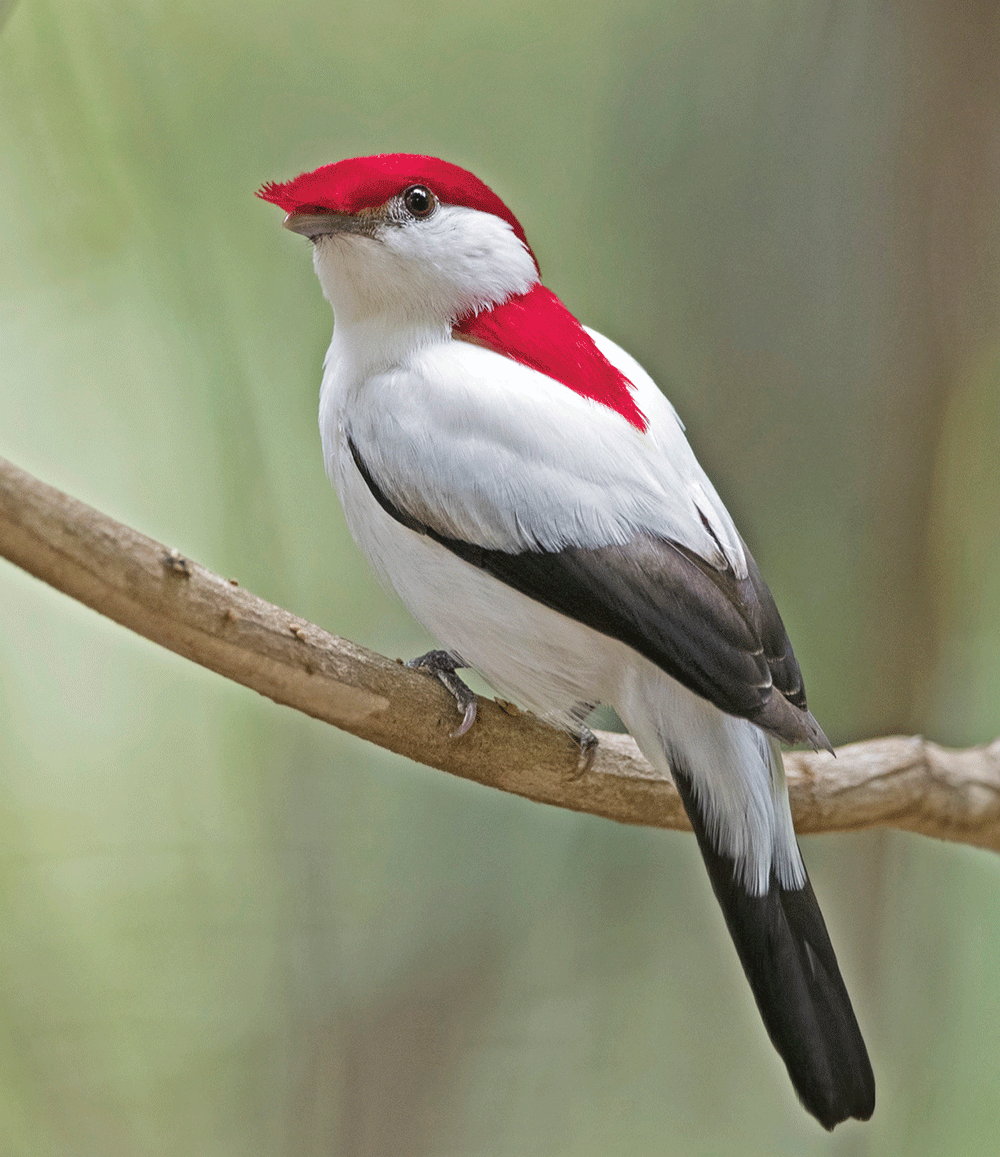
“We do use education in many ways, as a tool to further our goals which are more action oriented,” said Lebbin. “We often need to use outreach and education for a particular outcome like birds on the beach, but our ultimate goal is to protect birds and increase their populations.”
“There are a lot of ways people can engage and help, particularly policy wise,” says Lebbin. “We have an action center on our website [abcbirds.org] where we help people to create letters to their representatives. Right now we also have a happy cats/healthy birds campaign about helping to keep cats indoors. There are lots of things people can do and materials for them on our website.”
Membership also includes ABC’s Bird Conservation magazine three times a year—and the knowledge that you’re working to protect all manner of flying creatures.
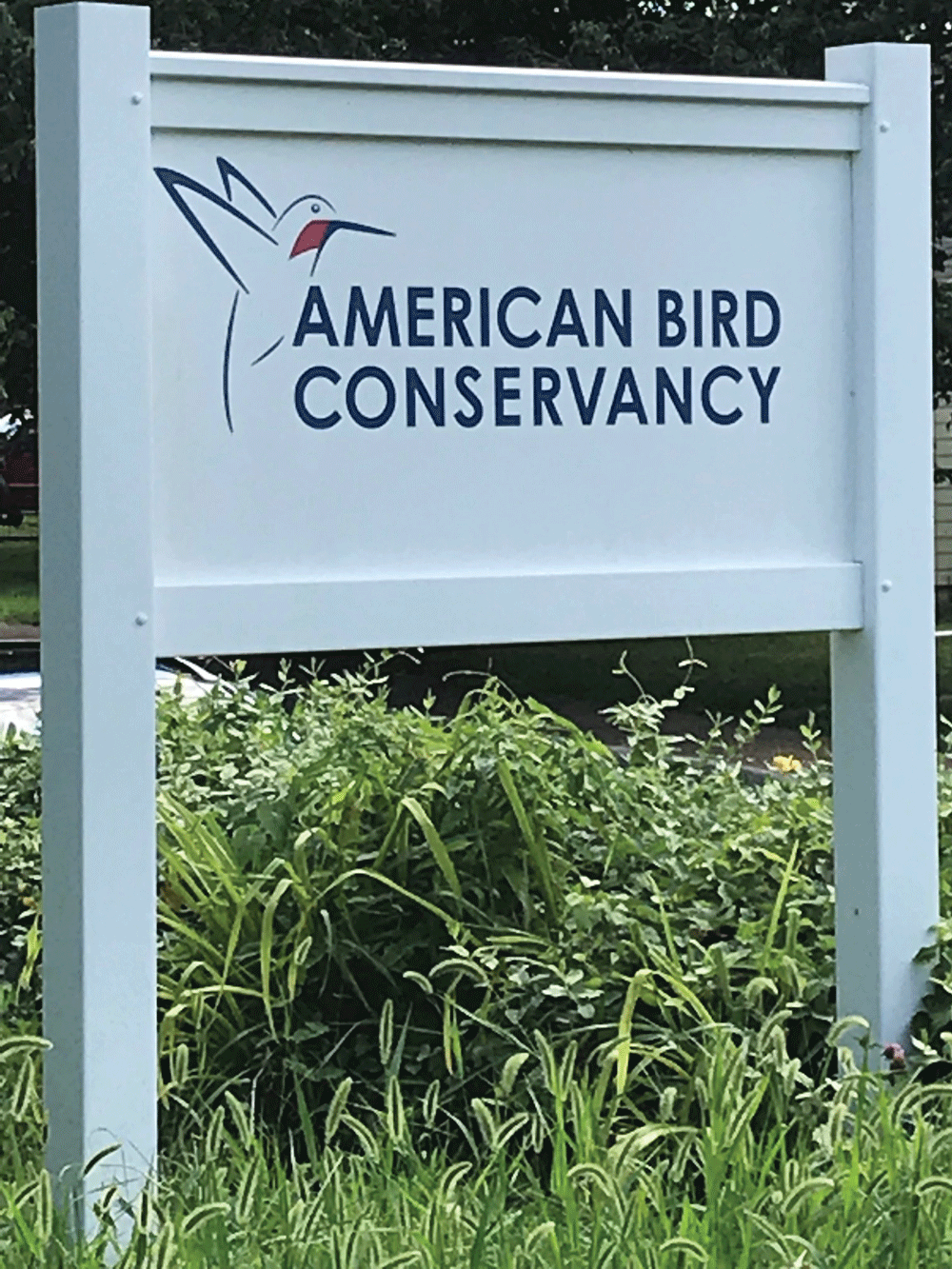
“As someone who loves nature and birds, I enjoy visiting the projects we do and seeing the results on the ground and that we’re making a difference,” says Lebbin. “I really value working in partnership, helping other groups build their capacity, and working together year after year to help birds. We work a long time with our partners; we’ve been working with some for more than 10 years, and it’s really important to have those long-term relationships. Everyone here at ABC is very dedicated to the mission. They want to make the world a better place, and they are.” ML
This article first appeared in the August 2018 Issue


